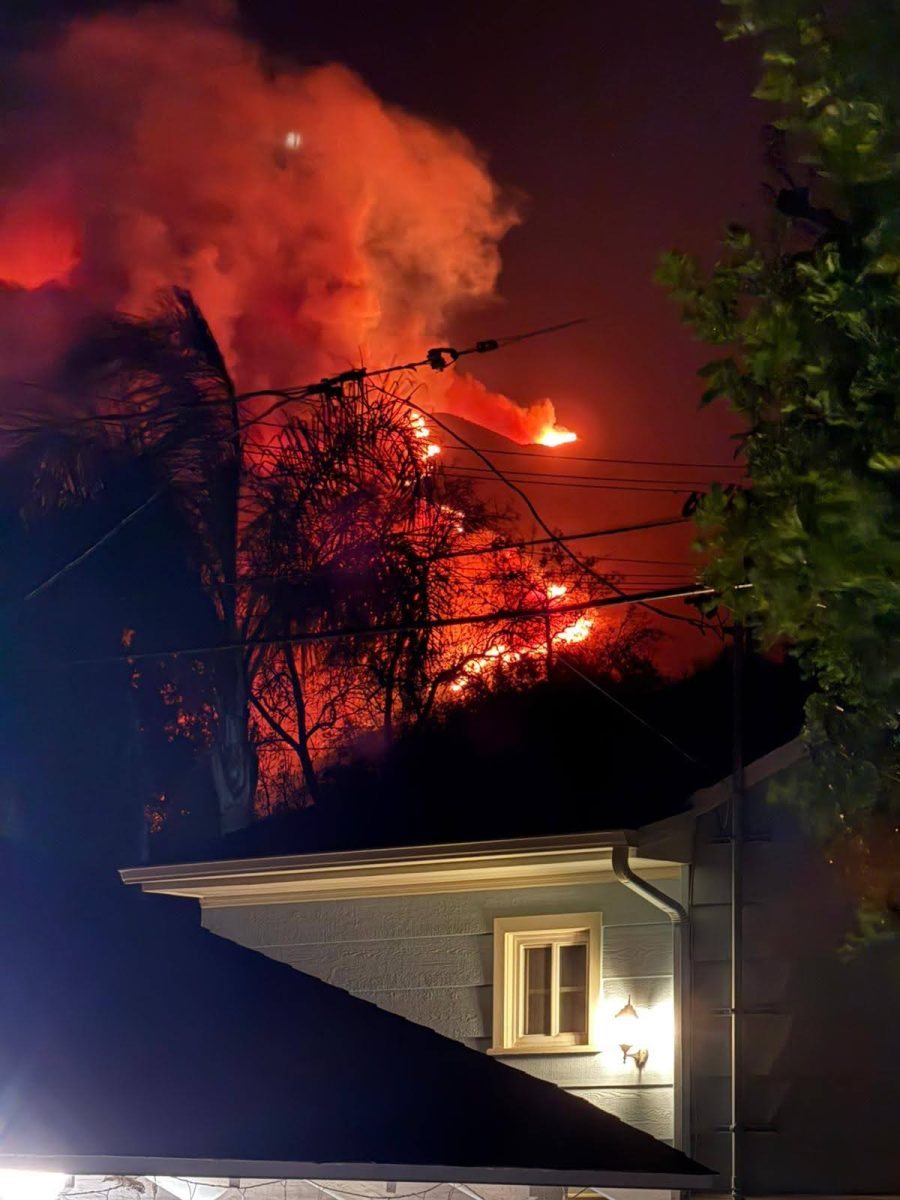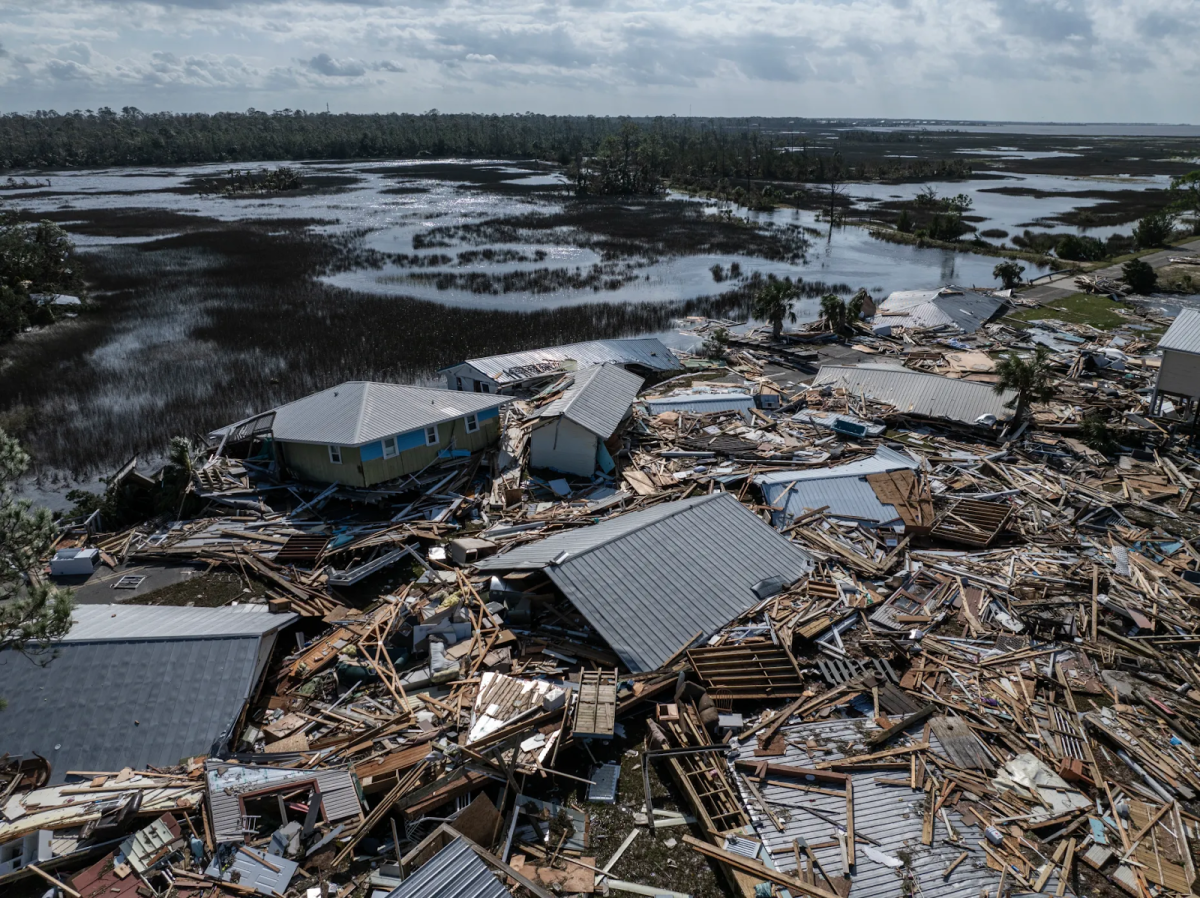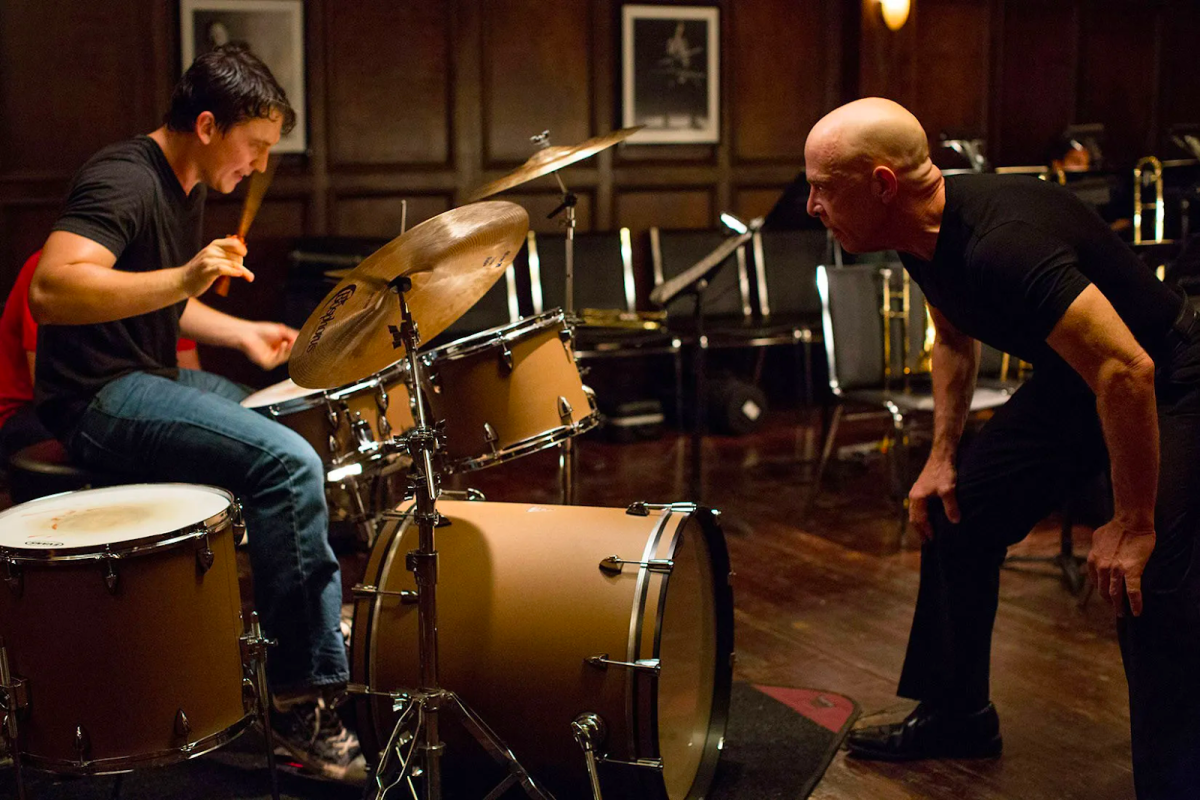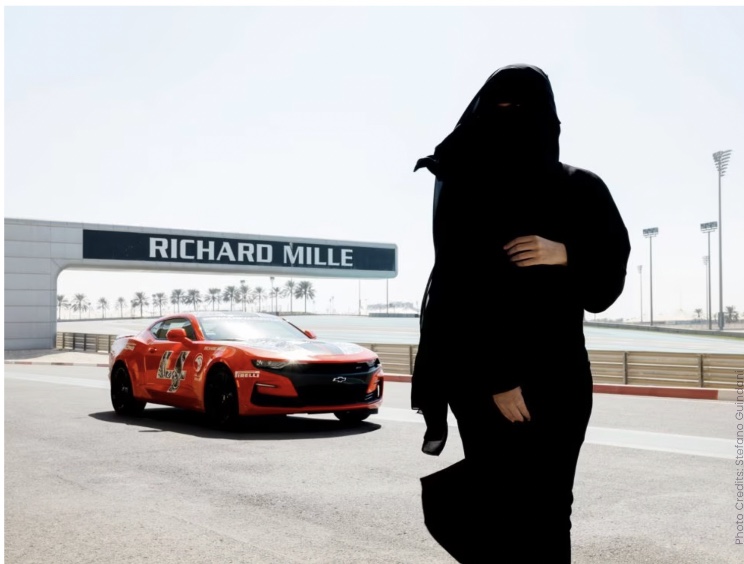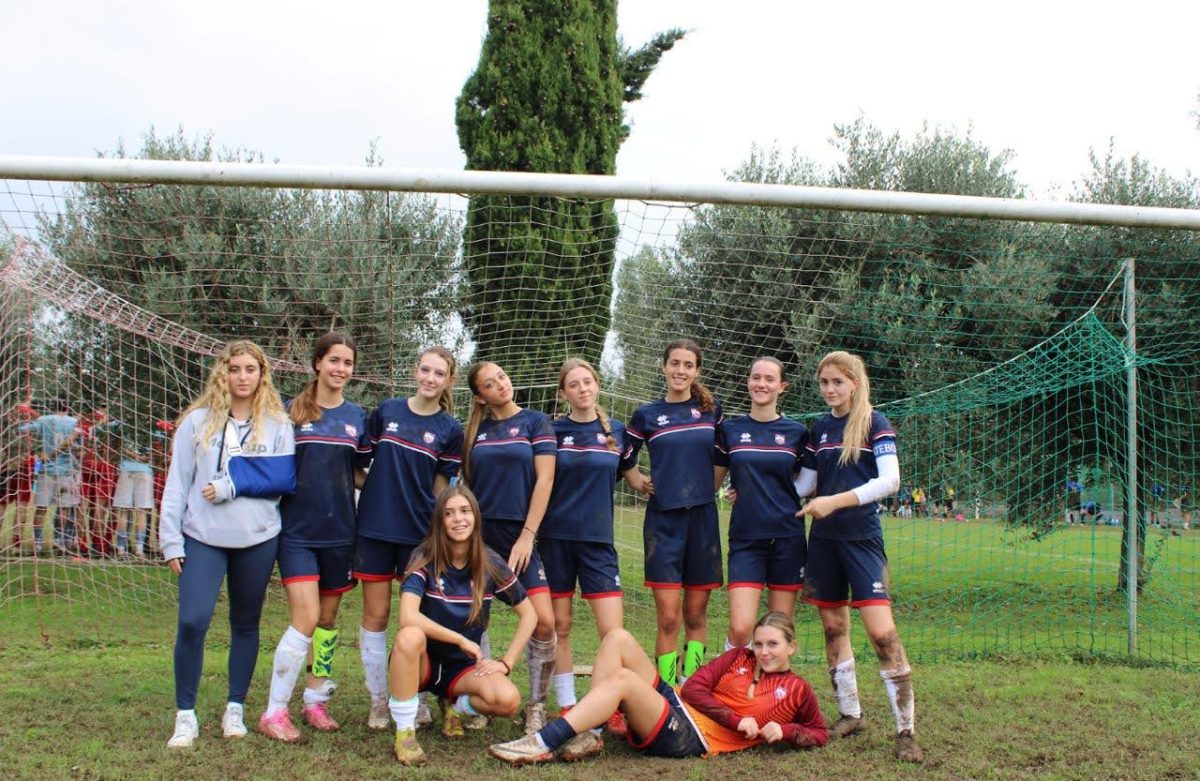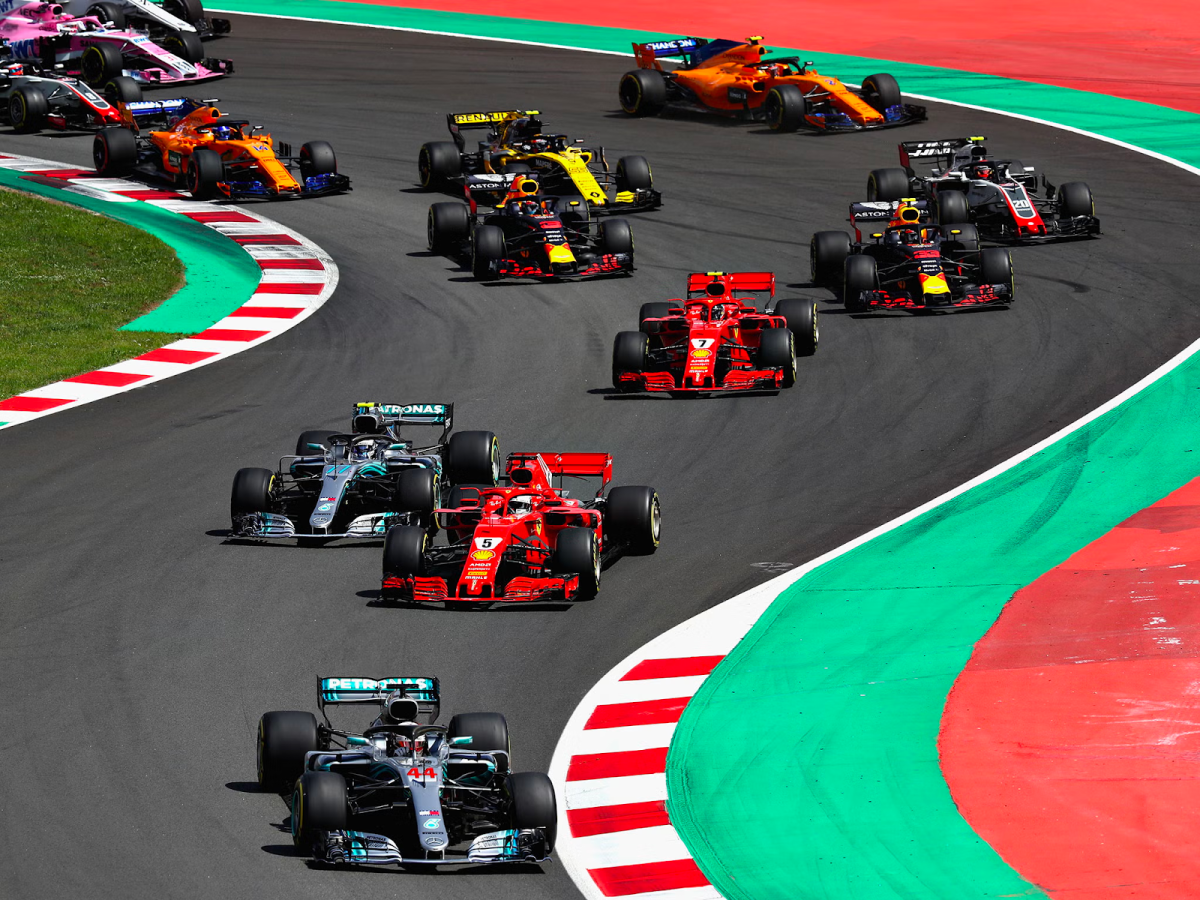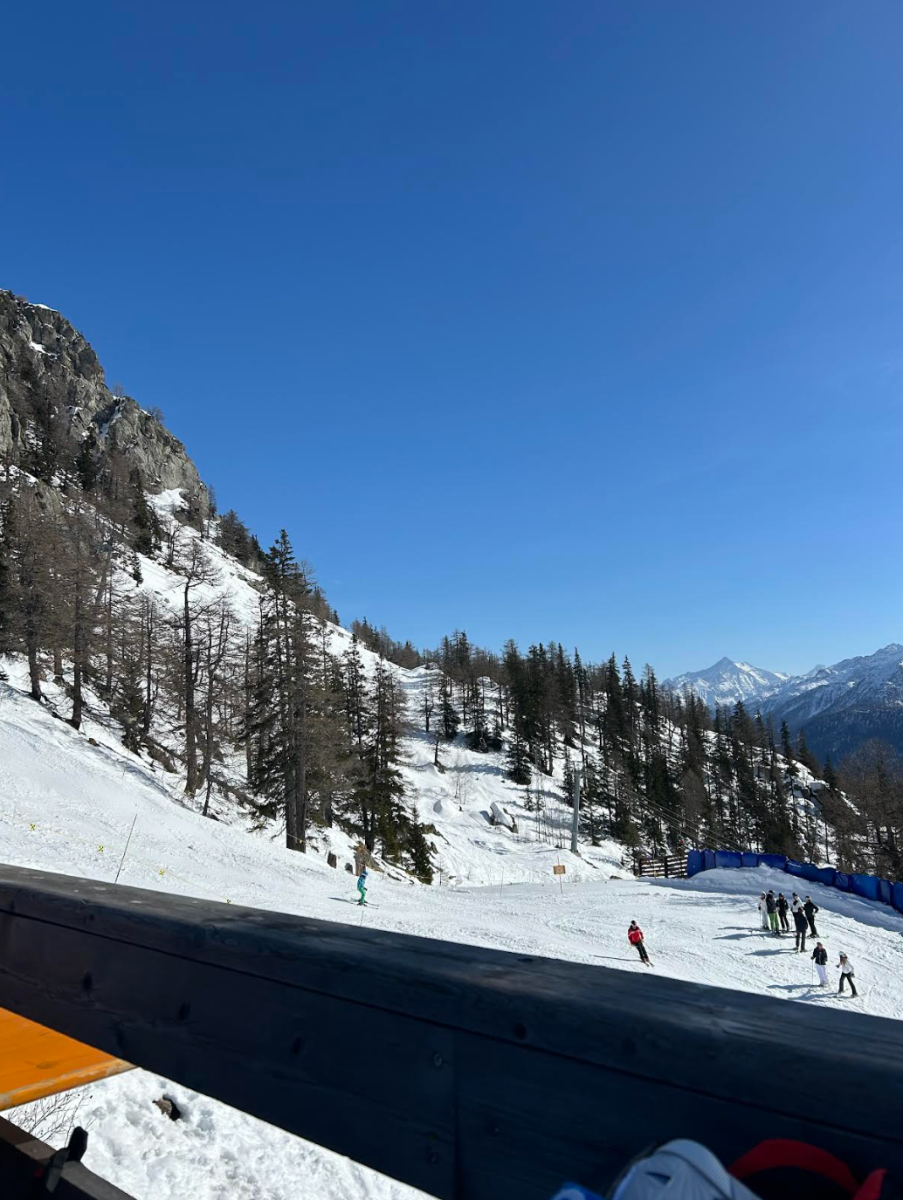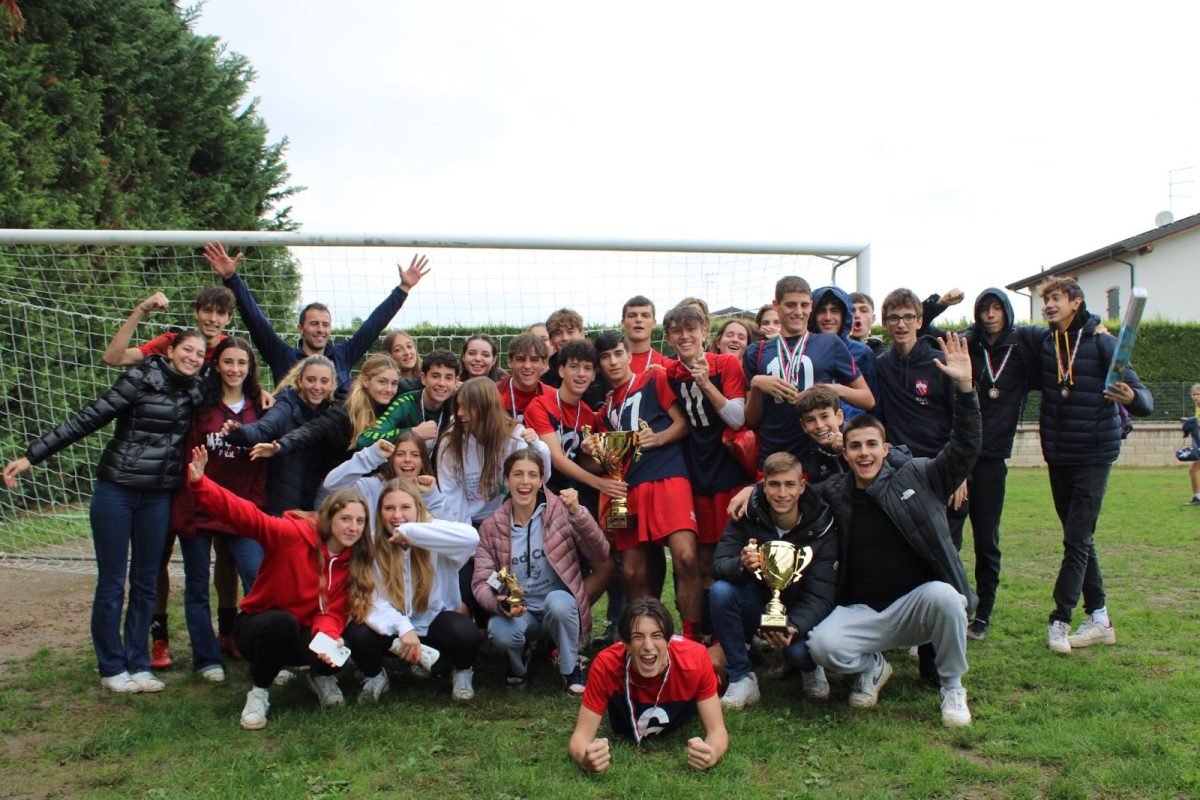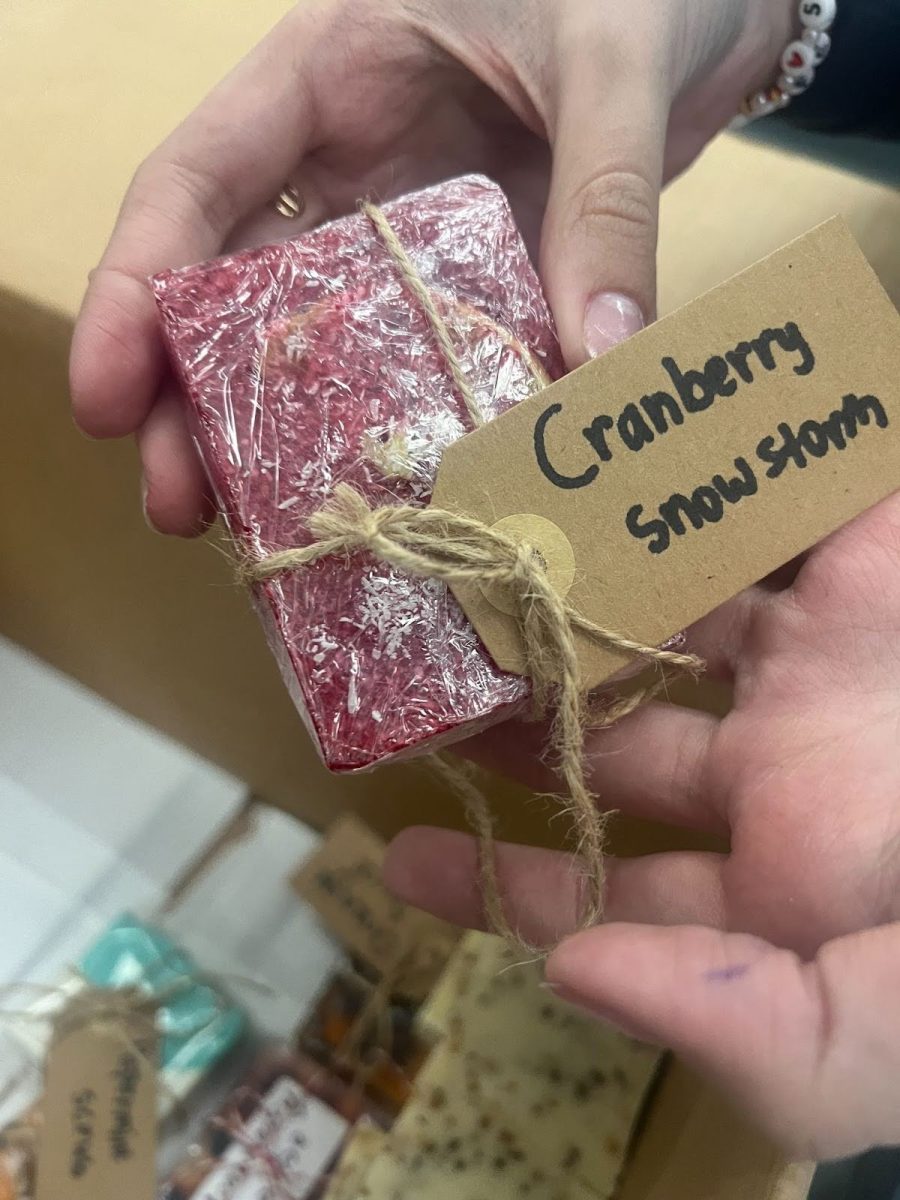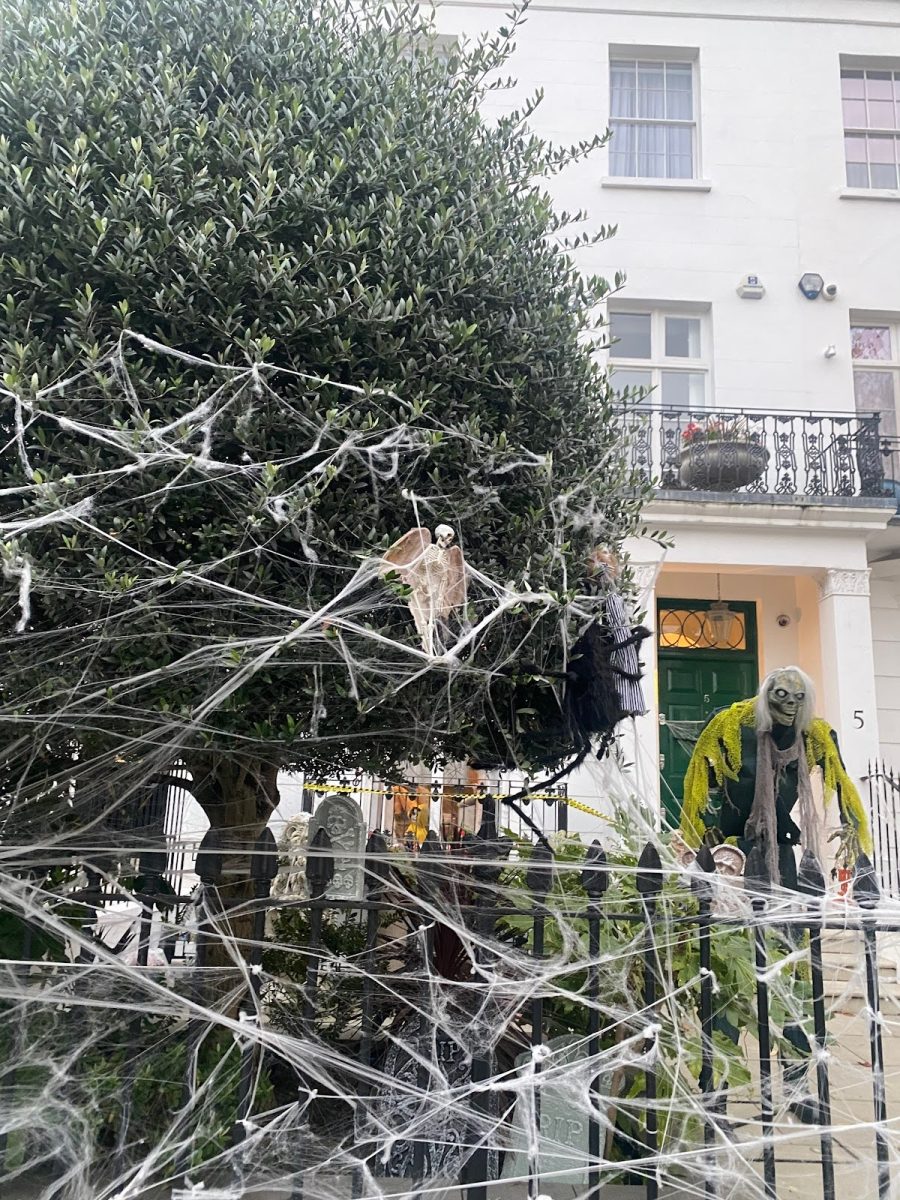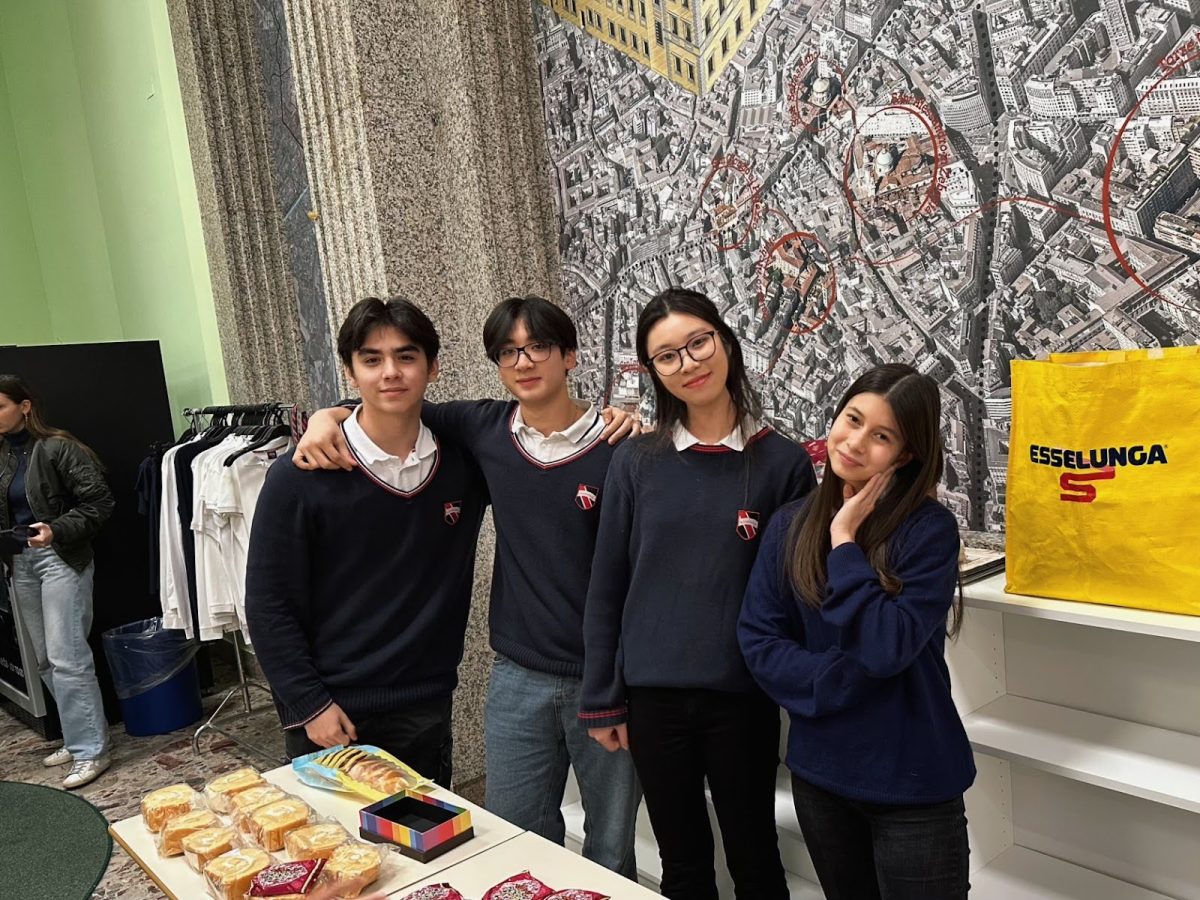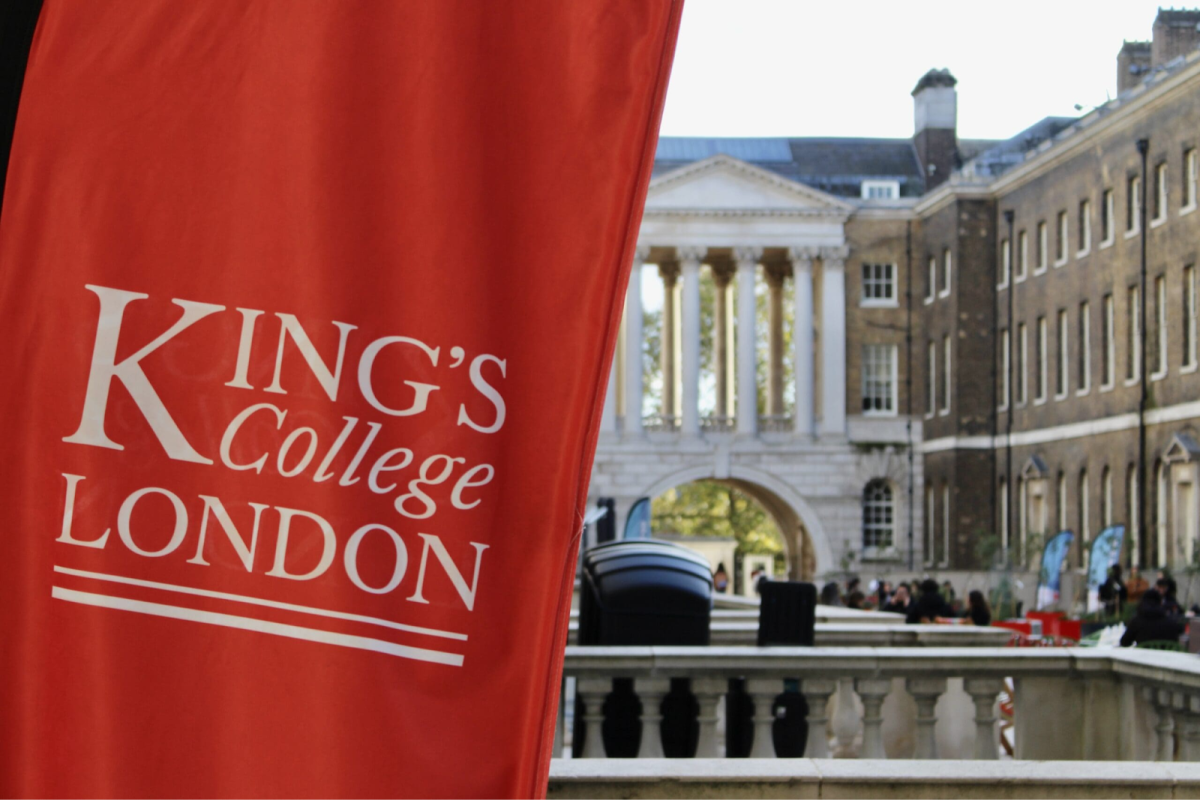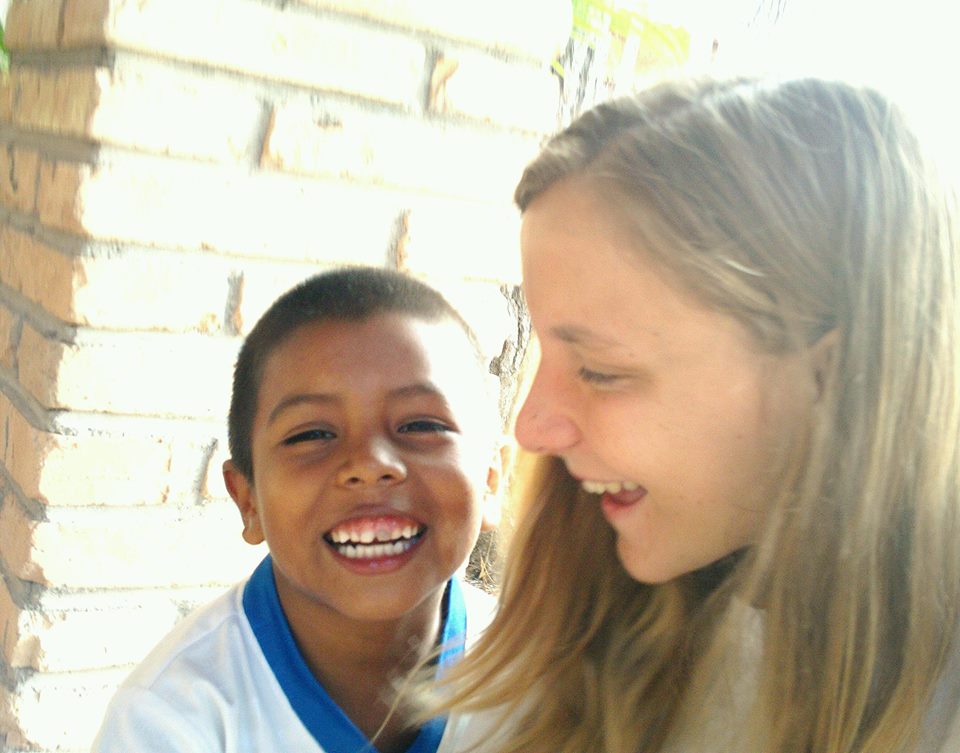At the beginning Josè was one out of 400 other children at Rancho Santa Fè, an orphanage situated in the forest about an hour away from Tegucigalpa, the capital of Honduras, but the smiling face that stood out from all the other ‘hermanos’ was destined to become much more for me.
I remember perfectly the day I met him for the first time, and when I think about it, it always brings a smile to my face. I was sitting in a circle with other children from Casa Suyapa (one of the sixteen dormitories within the Rancho compound) when I noticed that amongst all the children smiling and laughing one of them was sticking his tongue out at me.
At the beginning I smiled back at him but when he continued to make faces at me I decided to respond by blowing a raspberry at him. We both started to laugh. It was a way of breaking the ice and worked much better than words.
The next day I met Josè on his way home from school and decided to walk some of the way with him. We started to talk and had our first conversation. I wanted to know everything about him, what his background was like but I didn’t know how to confront the question. I was afraid that he would close in on himself and I would lose the trust that I was trying to build up with him.
I think I won Josè over by sharing his passion for insects and following him on his expeditions looking for them. I have to confess that this was very difficult for me, mostly because I had to hide my repulsion for those animals (and I can assure you that I saw unimaginable insects in Honduras). But to see Josè’s face every time he discovered another one was priceless.
I didn’t learn about Jose’s story from him but from the Rancho’s Director. Josè was born in one of the innumerable shacks found on the outskirts of Tegucigalpa. Josè’s mother was abandoned by Jose’s father when she was pregnant. From the time he was little Josè suffered abuse from his mother. He was saved by his Grandmother who unfortunately was so poor she eventually decided to take him to the Rancho.
Josè is believed to be seven now although there is no official registration of his birth. All trace of his parents has disappeared. He may have brothers and sisters but this cannot be ascertained. I could never have imagined that all of these things were hidden behind his sweet smile.
Josè’s story made me want to know more about the people of Honduras and the problems facing the country. The ‘tias’, (the people who look after the home’s children) at the Rancho gave me a lot of information. The number of children that are abandoned every year is incredible and only the most fortunate end up in homes like Rancho Santa Fè. These homes are able to exist due to the support of charities. The Rancho is sustained by the NPH network (Nuestros Pequeños Hermanos).
Poorer women’s living conditions is tied to the number of children abandoned every year. It is a matter of course that many young women become pregnant. A pattern exists of teen pregnancy and domestic violence, abandonment and isolation from their families. The women also tend to hide any illnesses they may have, in particular serious conditions such as cancer for fear of being abandoned or alienated from their families. It’s children like Josè who end up paying the high price of these brutal cycles.
Next summer I’ll be returning to the Rancho Santa Fè. I want to see Josè. I have adopted him (from a distance). I want to help him in every way possible to have a bright future… maybe as an Entomologist.
This article also appears in Italian in Amnesty International’s on-line magazine Segnali di fumo – il magazine sui Diritti Umani http://www.sdfamnesty.org/?p=4550

